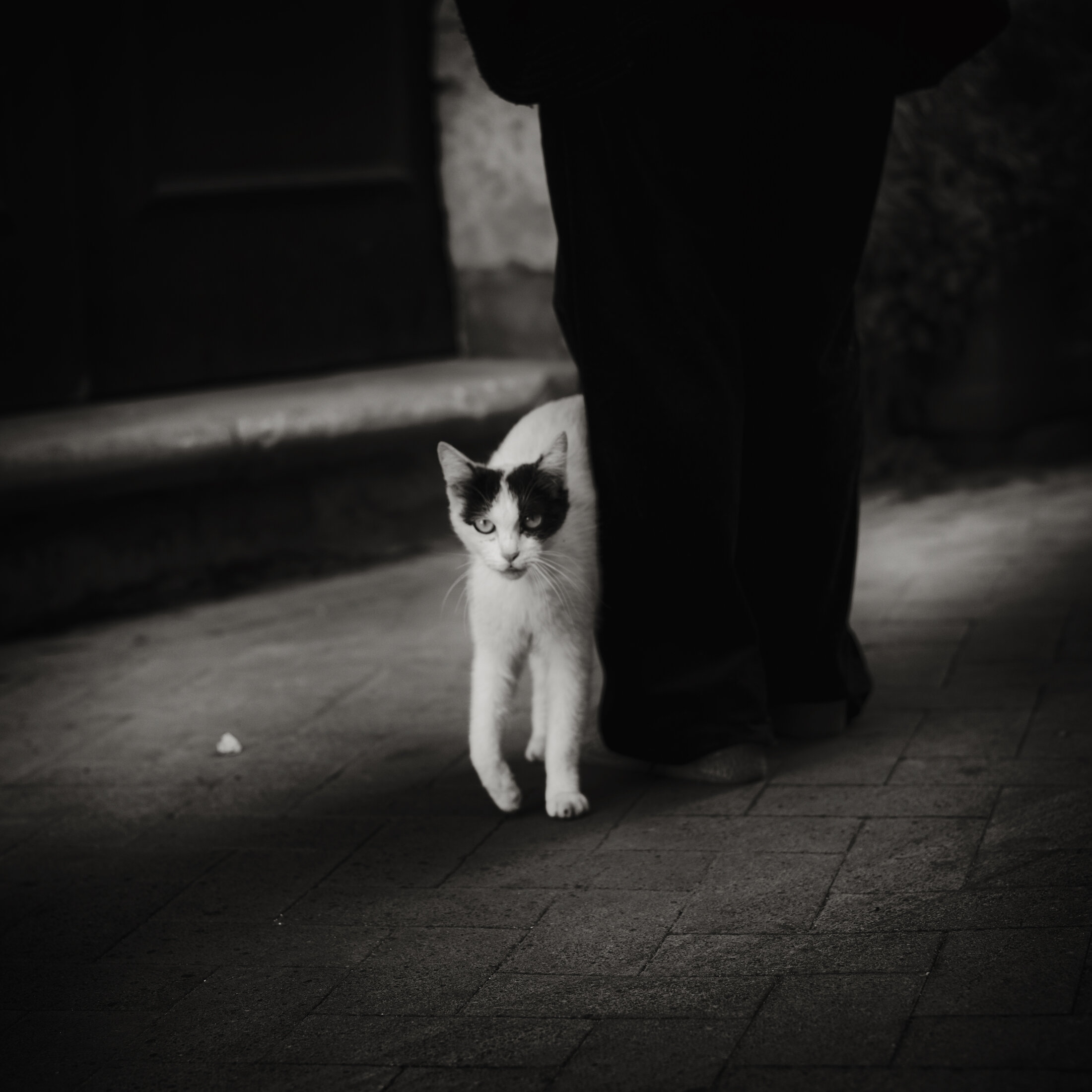WESTERN EUROPE
PART I
Crumbled Dream
Peas are the first thing I remember after surviving the crossing from the mainland to a small island in the Mediterranean. I was fourteen years old.
Since then, my memory of Italy resembles a puzzle with too many pieces: the blue ones and the green, the ones alone and the ones with family, the ones from school and the ones from work, those of day and those of night. It has been both my home and a place I’ve returned to for many years through my work. The past now feels like a romantic blur compared to my recent visits, which have been far more grounded—and far more real.
Over the past two decades, economic stagnation has quietly eroded daily life in much of Italy, particularly in the south. A growing lack of opportunity has driven young Italians to leave the country in record numbers. Many choose to look away, to pretend the crisis isn’t there—but pretending doesn’t make it disappear.
At the same time, while Italians emigrate, migrants from elsewhere continue to arrive—some seeking permanent refuge, others simply passing through. As northern Italy thrives, the south drifts between memory and uncertainty. Worries about government, education, political instability, and immigration are widespread and deeply felt. The standard of living now ranks among the lowest in Western Europe.
And yet, Italy endures—still beloved, still visited. Decay and beauty coexist here, becoming part of the country's mystique: its landscapes poetic, its food unforgettable, its design and cultural heritage still magnetic. It remains a place that pulls people in—those searching for art, for history, for some taste of a dream that’s still flickering beneath the surface.
Pasta and peas are still on the menu. In some ways, nothing has changed. In others, everything has.
Venice, Italy 2015
Ortigia, Italy 2017
Venice, Italy 2015
Ortigia, Italy 2017
Venice, Italy 2015
Venice, Italy 2015
Ortigia, Italy 2017
Siracusa, Italy 2017
Siracusa, Italy 2017
Enna, Italy 2017
Ortigia, Italy 2017
Venice, Italy 2015











